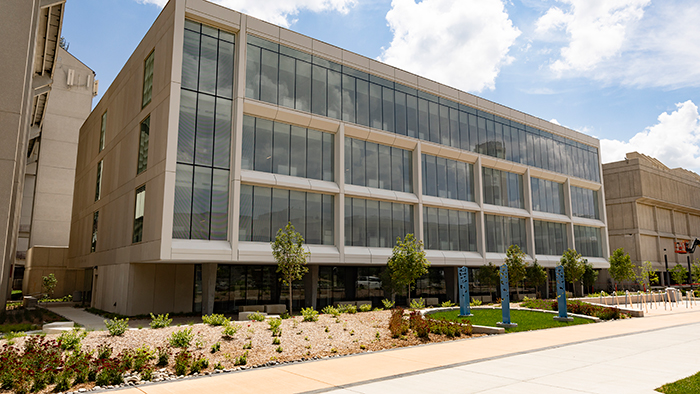
GGP Seminar: Dr. Gary Michelfelder - "Tracking Magma Accumulation and Storage Conditions of Trans-Crustal Magmatic Systems in the Central Andes"

- Date and time
- 2:30 PM - 3:30 PM, November 11, 2022
- Description
Magmatism in the Central Andes is characterized by several processes, including arc volcanism, and episodic ignimbrite flare-ups resulting from the subduction of the Nazca plate beneath the South American plate. Several prominent low-velocity zones are present in the Central Andes: the Altiplano-Puna Magma Body, the Lazufre Magma Body, the Cerro Galan Magma Body, and the Inchuasi Magma Body. Each magma body (or magma reservoir) can be correlated with Holocene volcanoes, known ignimbrite source calderas, and InSAR-measured vertical surface deformation centers further supporting a magmatic/plutonic interpretation. Zircon and plagioclase trace element compositions from Cerro Uturuncu in southern Bolivia and Ollague, Aucanquilcha, and Lascar volcanoes in northern Chile present a unique opportunity to track magmatic processes and magma storage temperatures and timescales. Uturuncu resides in the back arc of the Central Volcanic Zone (CVZ) and is unique compared to similar age and composition arc-front equivalents. We conclude that Uturuncu storage conditions and magma sources are initially more like the arc front composite volcanoes than the CVZ ignimbrites and domes, but transition to become a hybrid between these two end members.
Dr. Michelfelder, associate professor, Missouri State University Department of Geography, Geology and Planning. 2015 - PhD, earth science, Montana State University. 2009 - MS, geology, New Mexico State University. 2007 - BS, geology, Eastern Michigan University. Research and professional interests are igneous trace element and isotope geochemistry, volcanology and mineral chemistry. In 2016, he was awarded the CNAS Faculty Excellence in Research Award.
- Event sponsor
- Earth, Environment and Sustainability, School of
- Admission
Free
- Open to public, alumni, current students, faculty, future students
- Location
Additional information
- Event contact
- Carroll, Tracy
- Academic Administrative Assistant II
- TracyCarroll@MissouriState.edu
- 417-836-5800
- Visit website
